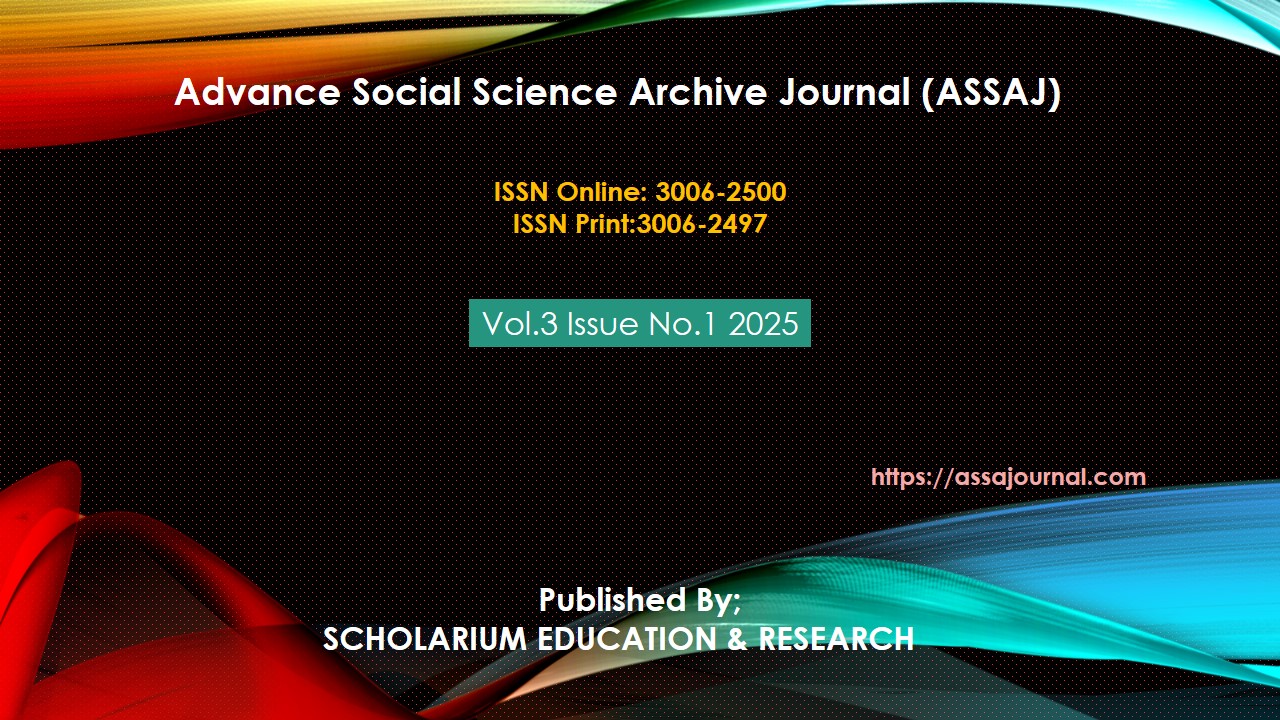MULTIMODAL ANALYSIS OF THE MOVIE TANGLED (2010)
Abstract
Multimodal discourse analysis is an important method for exploring meaning-making in different semiotic modes, especially in the context of visual media. The Disney animated film Tangled (2010) is a classic example of multimodal storytelling, combining linguistic, visual, and gestural modes. Previous studies on the film have focused largely on feminist interpretations, speech patterns, and critical literacy leaving a gap regarding how multimodal elements support the expression of emotion and theme in key scenes. This study uses Kress and van Leeuwen's Visual Grammar (2006) to examine the climactic scene using representational and interactive metafunctions. A qualitative research design has been used to analyse vectors in action processes, gaze, and camera angles that depict Rapunzel's transformation from vulnerability to empowerment. Findings reveal that lighting, framing, and spatial arrangements add emotional depth while interactivity builds the connection between the viewer and the character. This research sheds new light on the importance of multimodal analysis in animated storytelling and reveals further dimensions of the construction of narrative in the film.
Keywords: Multimodal analysis, visual grammar, representational meaning, interactive meaning, Tangled (2010), animated storytelling, discourse analysis.





